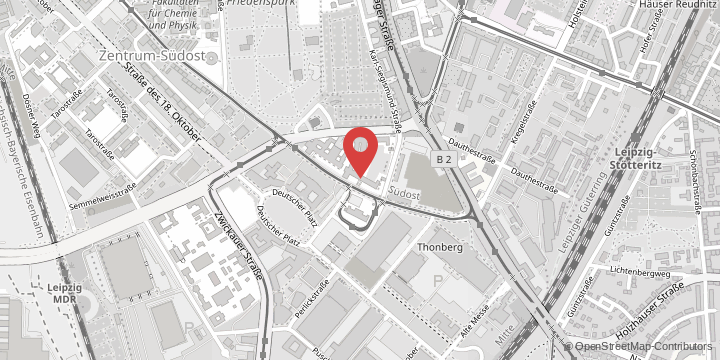The investigations by the international team of researchers examined the genes of bacteria and of ancient, bacteria-like microorganisms known as archaea. “Archaea and bacteria are unicellular organisms that make up the majority of living organisms on earth and occur almost everywhere,” said Sarah Berkemer. They are two of the three defined domains of life, whereby humans belong to the third domain: that of the eukaryotes. “Some types of bacteria and archaea live in symbiosis with other organisms, such as in the human stomach and intestines, where they are needed for metabolism.”
The scientists had an almost incomprehensible data set at their disposal: of a total of 74 archaeal and 573 bacterial species, some 603,416 archaeal genes and 33,093,496 bacterial genes were compared. As Berkemer pointed out, comparing genes from different organisms played a central role in this process. “If there is a gene from many different species that has great similarities or only minor differences in many species, then we take a closer look at that gene. Performing pairwise comparisons of such a gene sequence in different organisms allows us to determine whether these slight differences are mainly between genes in bacteria and archaea or whether there are also differences within the group of bacteria or archaea.”
It was not until later on that the domain of the eukaryotes – to which we humans belong – evolved from archaea and bacteria, which also emerged from common ancestors. “Of course, many new types of bacteria and archaea have developed in the course of evolution; their genomes have thus also undergone major changes,” said the bioinformatics researcher. The genome contains genes that determine the structure and behaviour of organisms. Even though the genes have evolved and changed, it is still possible to find evolutionarily very old genes conserved within these organisms.
“Here we have pursued the theory that genes involved in cellular respiration most likely developed later on in evolution, which is confirmed by the assumption that oxygen concentrations in earlier stages of the earth’s development were lower than they are today. And in our opinion, we have been able to confirm this,” said Berkemer. Overall, the team have shown that genes that are involved in cell metabolism are less well conserved. “At the same time, we confirm the assumption that many genes involved in the processing of genetic information in the cell were already present in very early stages of the evolution of archaea and bacteria, such as small ribosomal units that play an important role in the synthesis of proteins.”
The Leipzig-based scientist has been collaborating with her colleagues in Japan for some three years. To begin with, Sarah Berkemer secured a scholarship from the German Academic Exchange Service (DAAD) and spent three months working in Tokyo in cooperation with the Japan Society for the Promotion of Science. The contacts she established at that time grew as a result of meetings at international symposia and conferences, culminating in the joint work that has now been published.
Title of the publication in “Molecular Biology and Evolution”:
“A new analysis of archaea-bacteria domain separation: variable phylogenetic distance and the tempo of early evolution”
, DOI: doi.org/10.1093/molbev/msaa089






























































